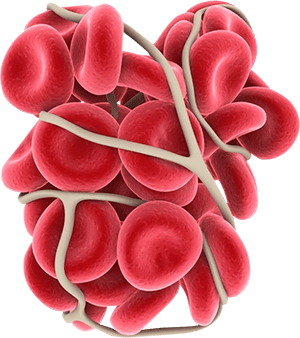DNA test for genetic predisposition to venous thromboembolism
Venous thromboembolism is a group of diseases caused by the formation of a thrombus and the disruption of blood flow along the affected vessel. Thromboembolism is a dangerous condition that threatens the health and the life of the patient.




